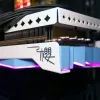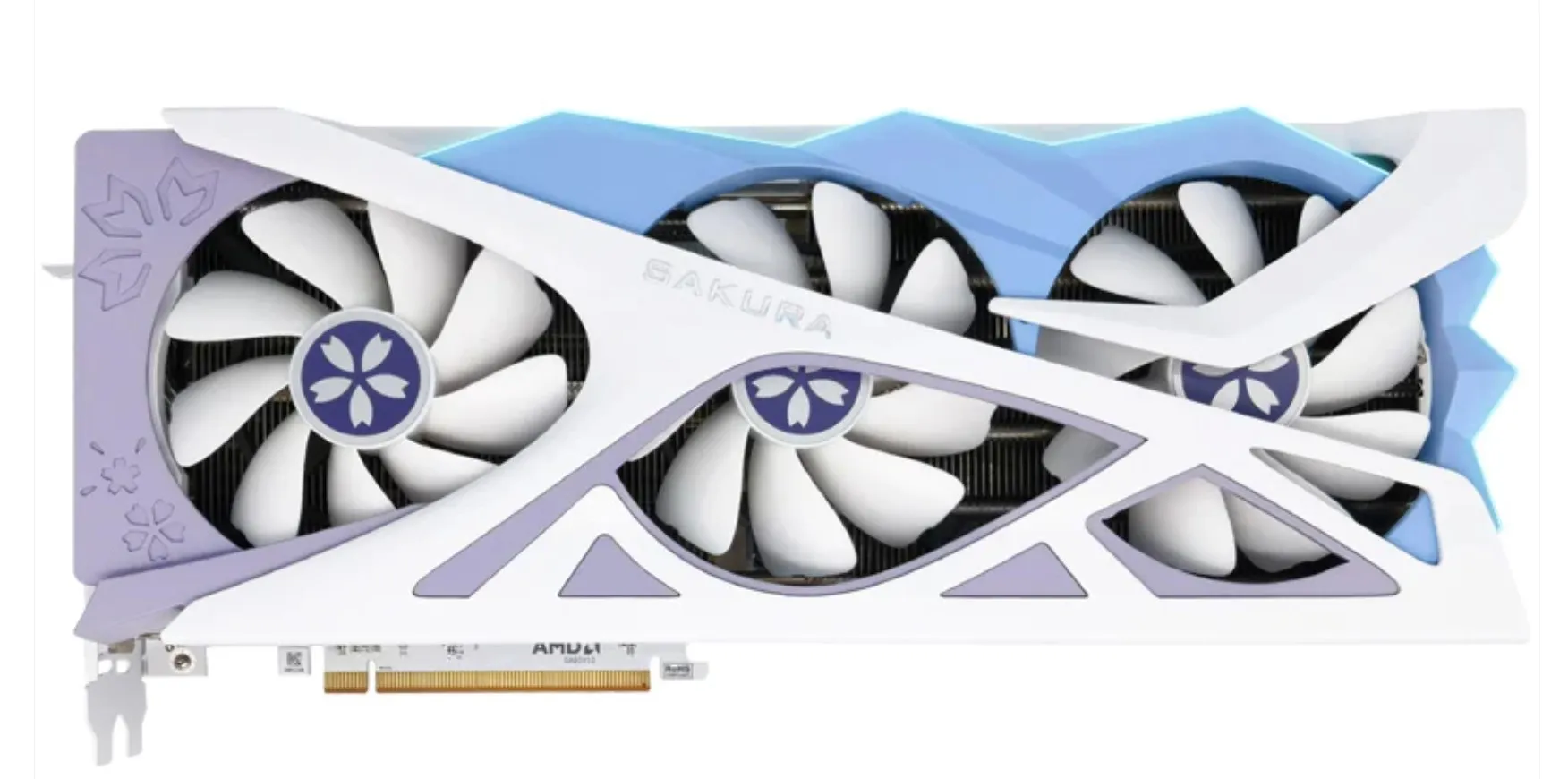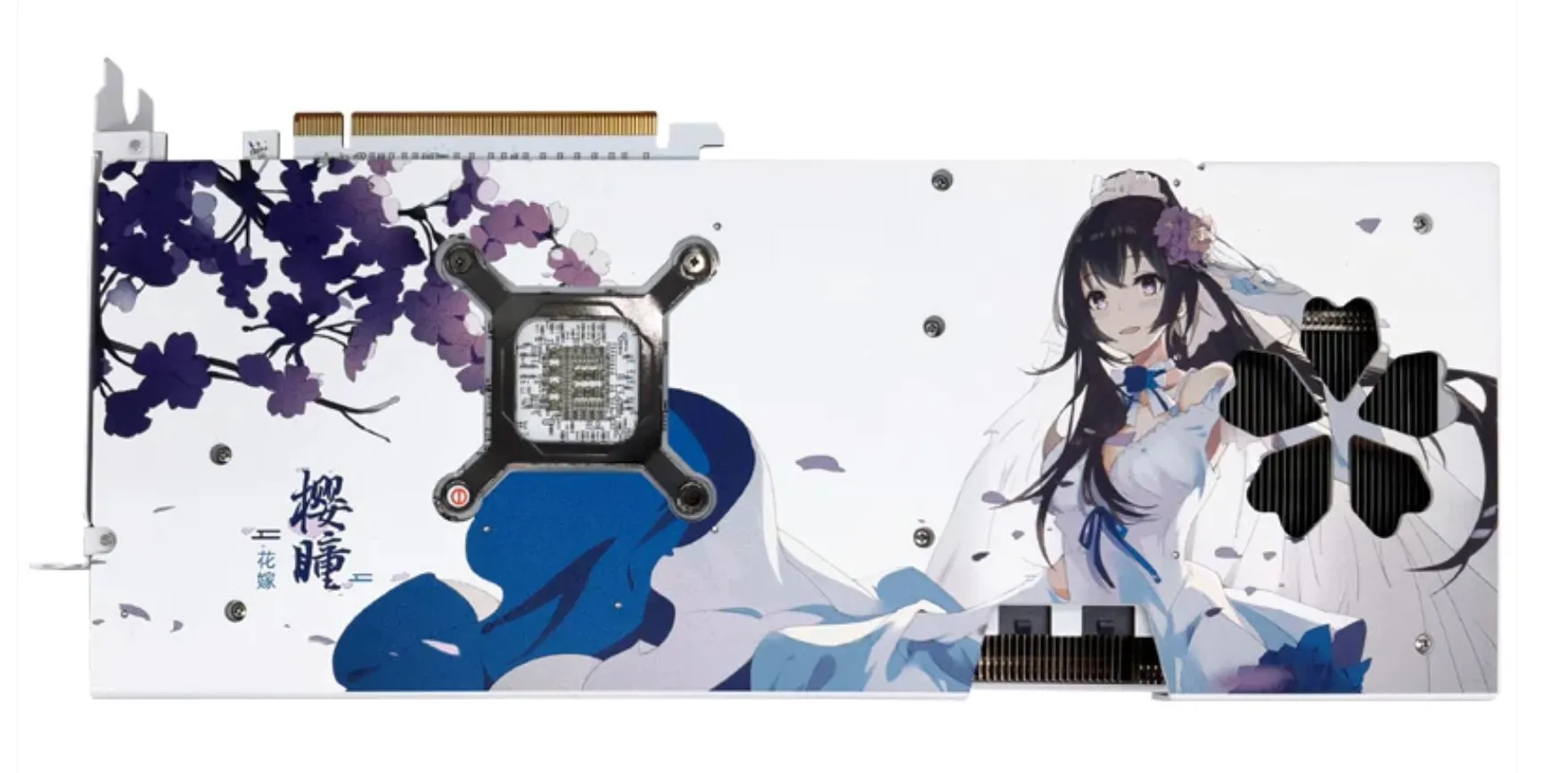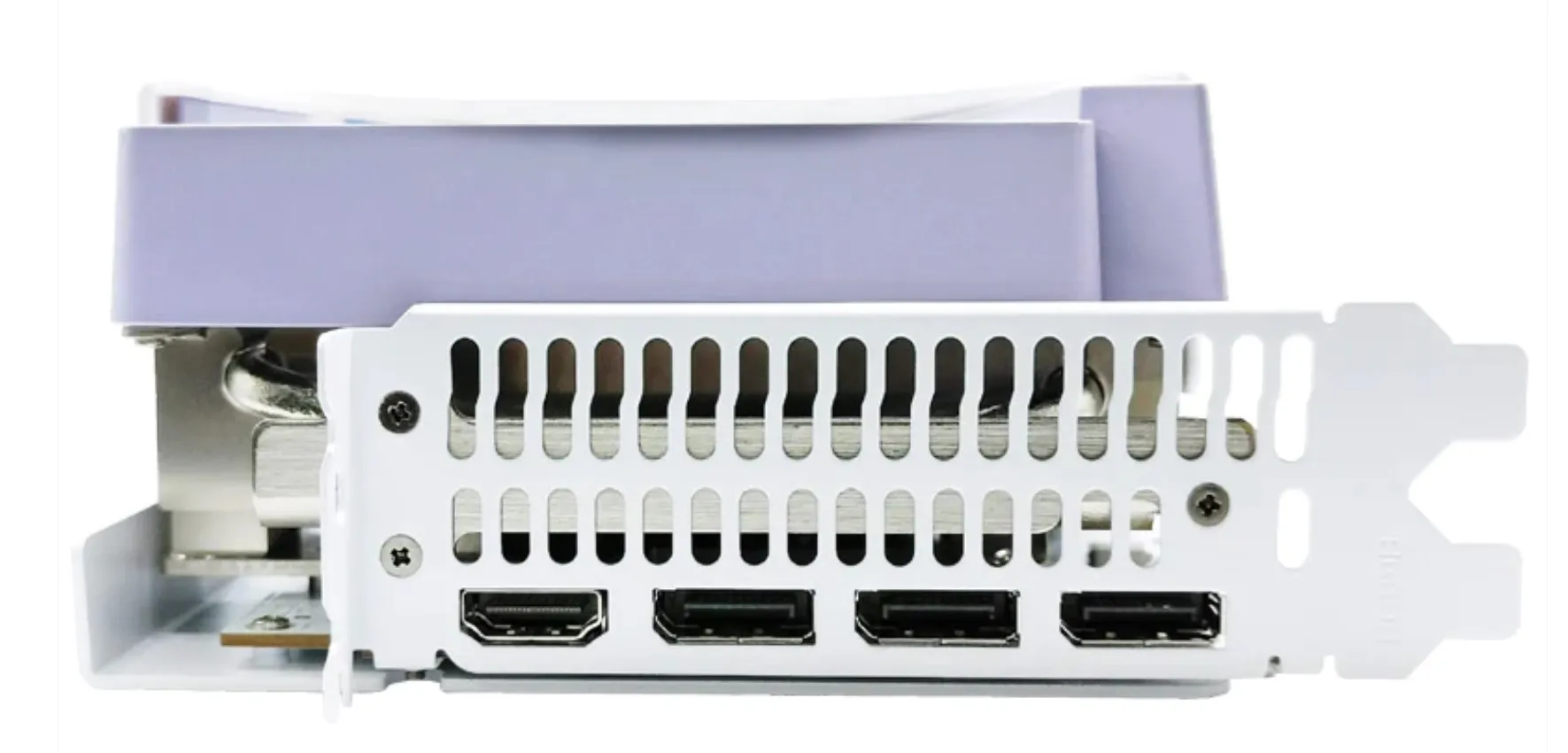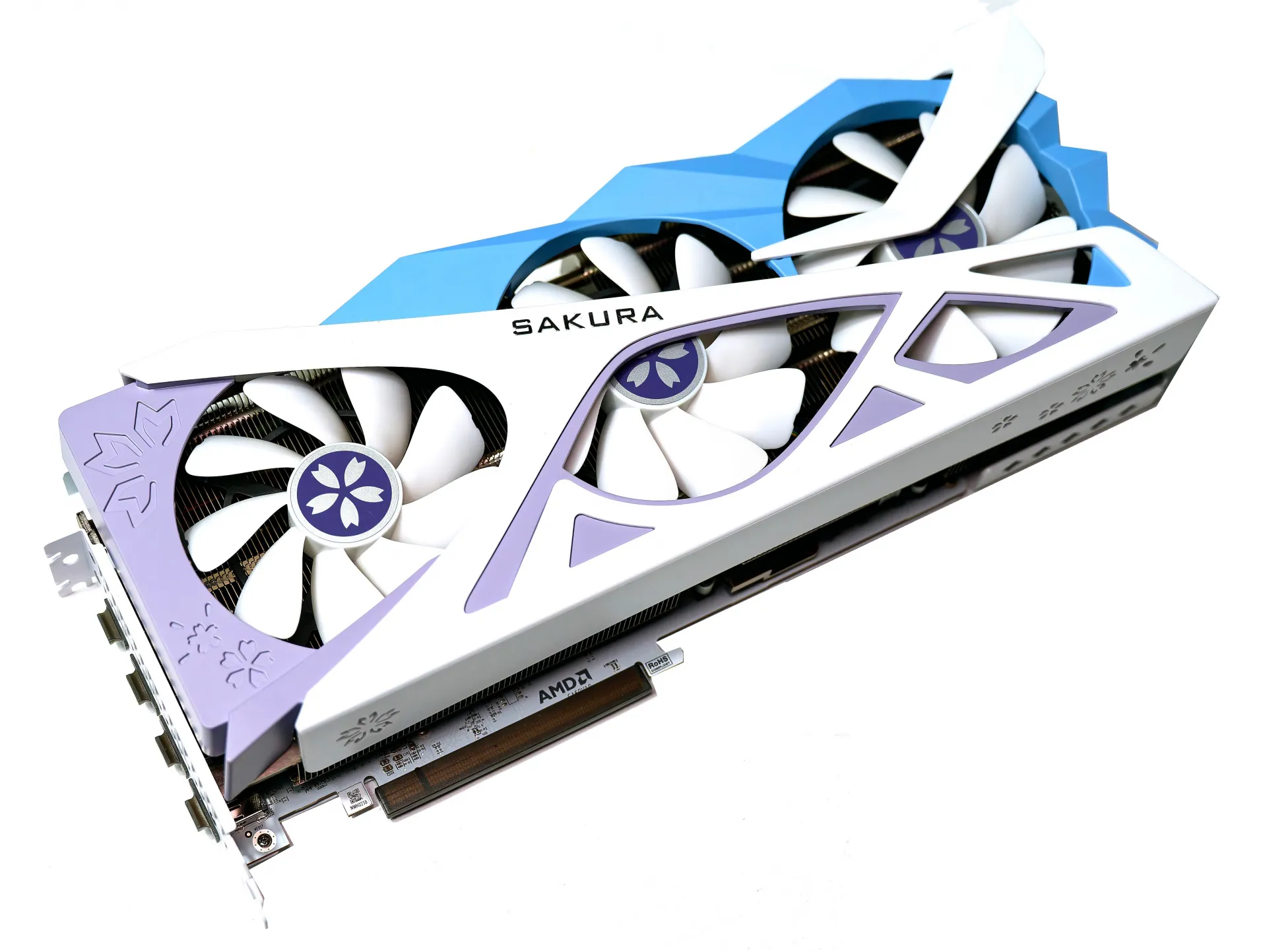Yeston RX 7800XT Sakura Hitomi
We received a Yeston RTX 4070 Ti some time ago, and we checked the performance and the influence of the undervolting process on the scores. Now it’s time for the RX 7800XT Sakura edition; this review will be done similarly. The look is, again, rather unique compared to the other products in the market. The design of this AMD GPU-based product is practically the same as that of the Geforce card, so it’s inspired by Manga. The cooling solution is rather extensive and should provide low noise and temperatures and silent cooling. As for the chip of this RX 7800XT card itself – it’s a Navi 32 based. It comes with a 16 GB 256-bit memory configuration at 19.5 Gbps. The GPU has 60 CU/3840 Shader processors and a Total Board Power (TBP) of 264 W (about 30% more than the comparable RTX 4070 from Nvidia). The Navi 32 uses the chiplets with four Memory Controller Domains (MCDs). Here, the 64 MB Infinity Cache (with 18 Gbps) yields a total bandwidth of 576 GB/s. We'll review the card and perform a bit of undervolting as well.
So what is the undervolting?
Undervolting is a procedure where you reduce the voltage supplying its chip, which can benefit computer users. Undervolting should lower the graphics card’s temperature (you can avoid overheating, one of the most common problems computer users face) and noise level and save energy (which should help reduce a computer’s running costs). These things are crucial for gamers and enthusiasts because these benefits are always welcome, especially with the most powerful graphics chips with high power requirements. Additionally, a graphics card that is too hot can lead to performance drops and even damage to the hardware (undervolting should improve your GPU lifespan). There is one way to undervolt the AMD RX 7800 XT card; it's done directly in the Windows drivers; the MSI Afterburner doesn't allow setting the voltage curve here.
The reference boost frequency is 2.43 GHz, but Yeston set the standard frequency to 2.52 GHz. This card has a 256-bit memory bus, 16GB at 19.5 Gbps, and a relatively okay TGP (Total Graphics Power) of 263W.
Today’s review hero is not a reference model but the Yeston Sakura Hitomi version, Yeston’s finest series. Like in the Yeston’s RTX 4070 Ti that we’ve checked - the fan’s diameter is upgraded to 91mm (from 83 mm), and the thickness is 20mm (instead of 15 mm). The CFM is now 70, not 46. One of the standout features of the Yeston RTX 4070 Sakura is its colorful, anime-inspired shroud design. Yeston equipped the card with a semi-passive layout, meaning the three fans only start spinning and cooling when the GPU temperature rises. This card’s 2520 MHz frequency is 90 MHz above the reference settings. The card ships with two BIOS. Please utilize this graphics card with a power supply of at least 650-700 watts if you plan on using it alongside other high-end components. It has dimensions of 329 x 136 x 64 mm and a weight of 1.54 kg.
One important note – the performance figures in this review are not directly comparable to Hilbert’s, as the conditions, hardware, and equipment differ. Instead, it’s focused on showing the influence of the undervolting on the performance and the power consumption.
